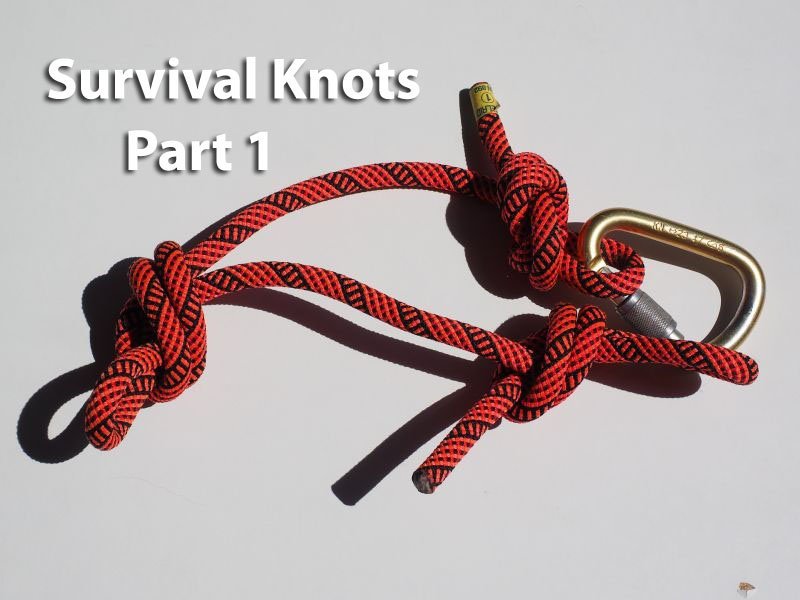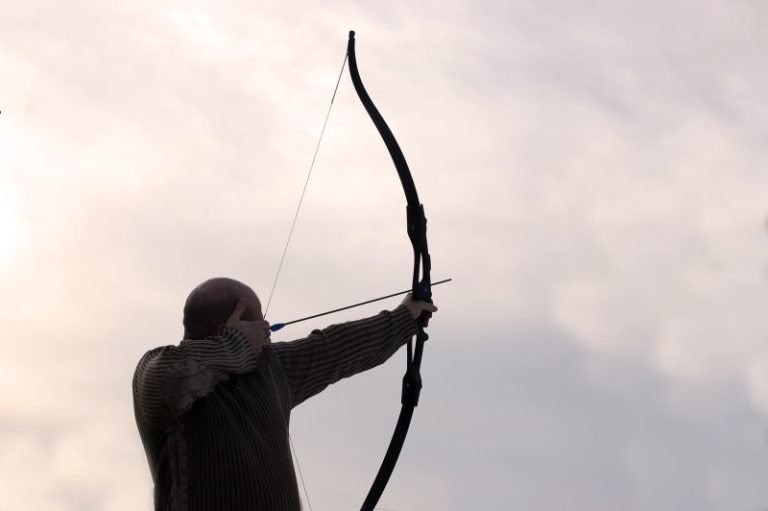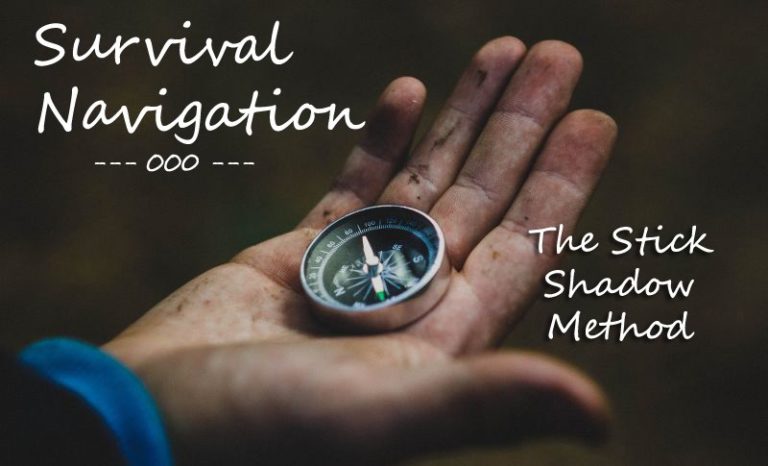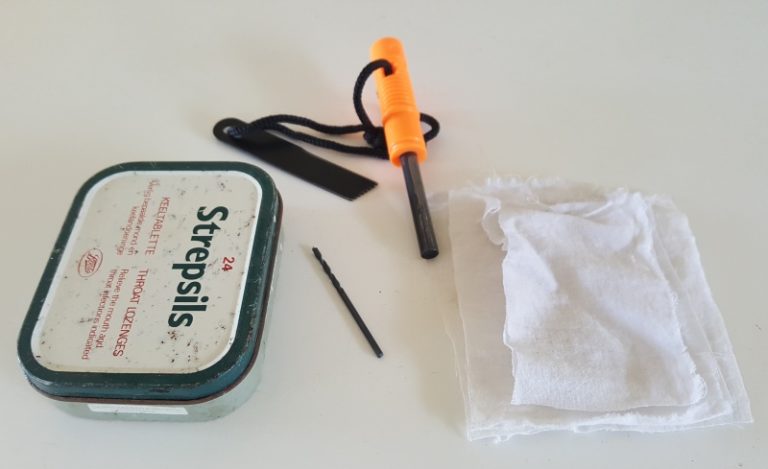Survival Knot Series – Part 1
I get commissions for purchases made through links in this post. View our Affiliate Disclaimer.
Welcome to part 1 of our Survival Knot series.
The art of tying knots can be a daunting task, one of the reasons being the sheer amount of information out there and how to know which knots to learn. You will find it impossible to learn them all. The purpose of this series is to introduce you to some good camping and survival knots that are easy to learn and useful for many applications.
Firstly, we will introduce you to some knot terminology and then we will cover the first two knots in this series; the half hitch and the two half hitch or double half hitch.
Knot Terminology
There are some knot terms that are useful to know when starting out learning to tie knots. I won’ t bore you with an endless list, but just the essential terms to get you started. Here goes!
Bend Knot: Joins two ropes or fishing lines together for example, a Sheet Bend or anAlpine Butterfly Bend
Bight: Made by folding a piece of rope so that the two parts lie alongside each other. When tied near the rope’s end, the parts will be the Tail lying beside the Standing End. A bight can be used to finish many knots – making them easy to untie by just pulling the tail.
Hitch Knot: Attaches a rope to something such as a Hitching Post, dock pole, or cleat. Such knots include the Rolling Hitch, the clove hitch, etc
Standing End: The long end – the part not knotted. The standing part lies between the standing end and the knot.
Stopper Knot: A knot in the end of a rope – used to prevent fraying or to prevent the end passing through a hole or another knot.
Tail End: The short end – the part getting knotted.
That’s all we are going to cover for the moment regarding knot terminology. Now let’s start the fun part and get into our first survival knot!
Half Hitch

Although the half hitch is a true knot in its own right, it is rarely used alone as it is not a very secure knot when used by itself. In the old days it was used to lightly tie a horse to a hitching post. The reason it is included is as a starting point, or a foundation to tie the two half hitch knot which is the more secure version.
To tie the half hitch, pass the end of a rope around the object and tie an overhand knot. Watch the video at the end of this post to see how to tie the half hitch.
The half hitch can be used to secure a line to a pole, post or tree to create a ridge line for a shelter. For quick release, put a bight in the tail end.
Two Half Hitches or Double Half Hitch

The two half hitch knot is tied the same as the half hitch knot, except the loop around the post and hitch part is doubled up.
To tie the two half hitch knot, pass the end around the post twice. This takes the strain while you tie the knot, but is not a necessity. Go around the standing end to make the first Half Hitch. Pull this tight. Continue around in the same direction to make the second Half Hitch. Pull tight to complete the knot. The video at the end of this post demonstrates how to tie both the half hitch and the two half hitch.
You can use the two half hitch knot to tie a rope to a tree, to act as a ridge line for a shelter, or alternatively, to secure an object like a hammock to a tree. Generally, this knot is used in a supporting role, for example to increase the security of a primary knot.
Remember that to master knots you need to practice. As with most knowledge, if you don’t use it, you lose it!
So get out there and practice your knots as often as possible.
Look out for the next article in the Survival Knot series. You can subscribe to our mailing list to get notified when new articles are available so you don’t miss out!
You may also like our Survival Navigation series!
>
Get more posts like this
Subscribe to our mailing list and get interesting homesteading and green living info and updates to your email inbox.
Thank you for subscribing.
Something went wrong.







